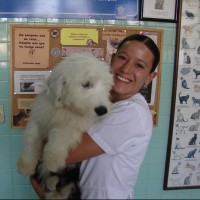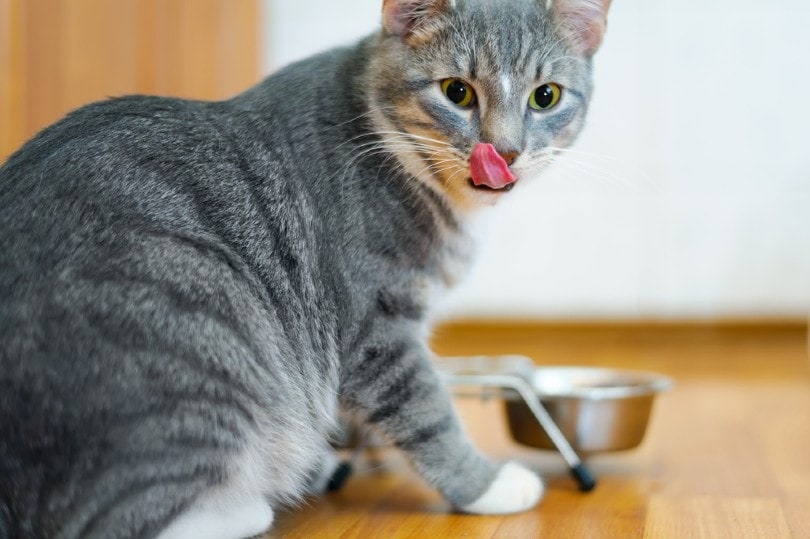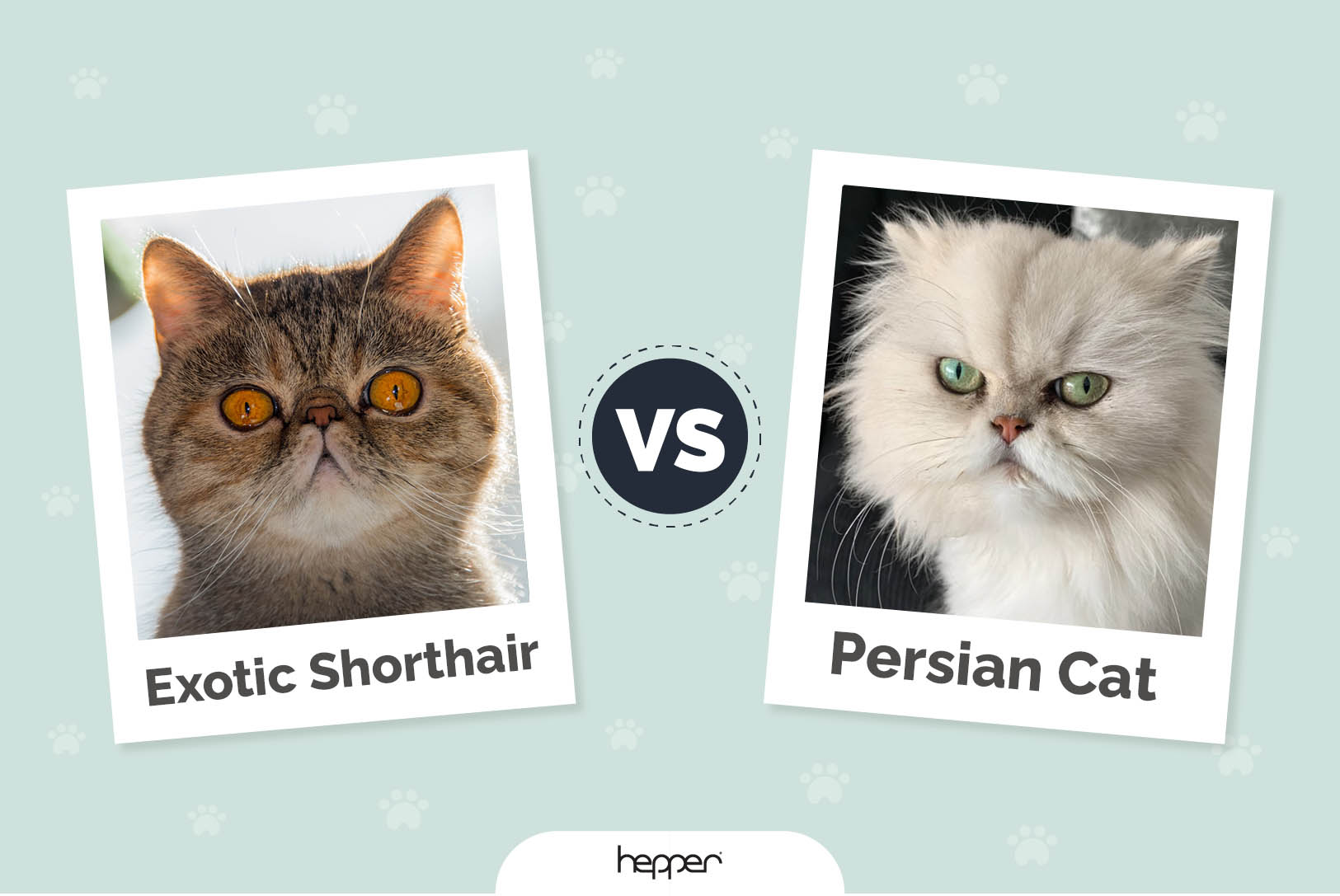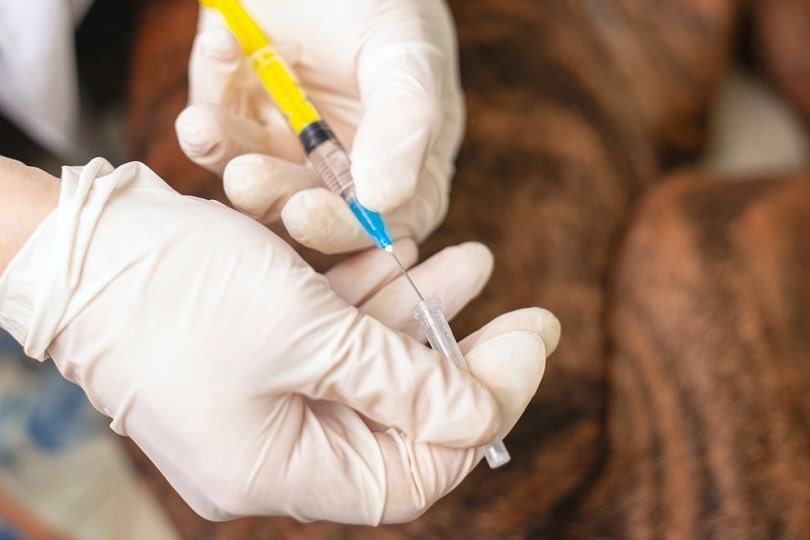Can Cats Eat Bread? Vet-Reviewed Facts, Precautions & Alternatives
By Ed Malaker
Updated on
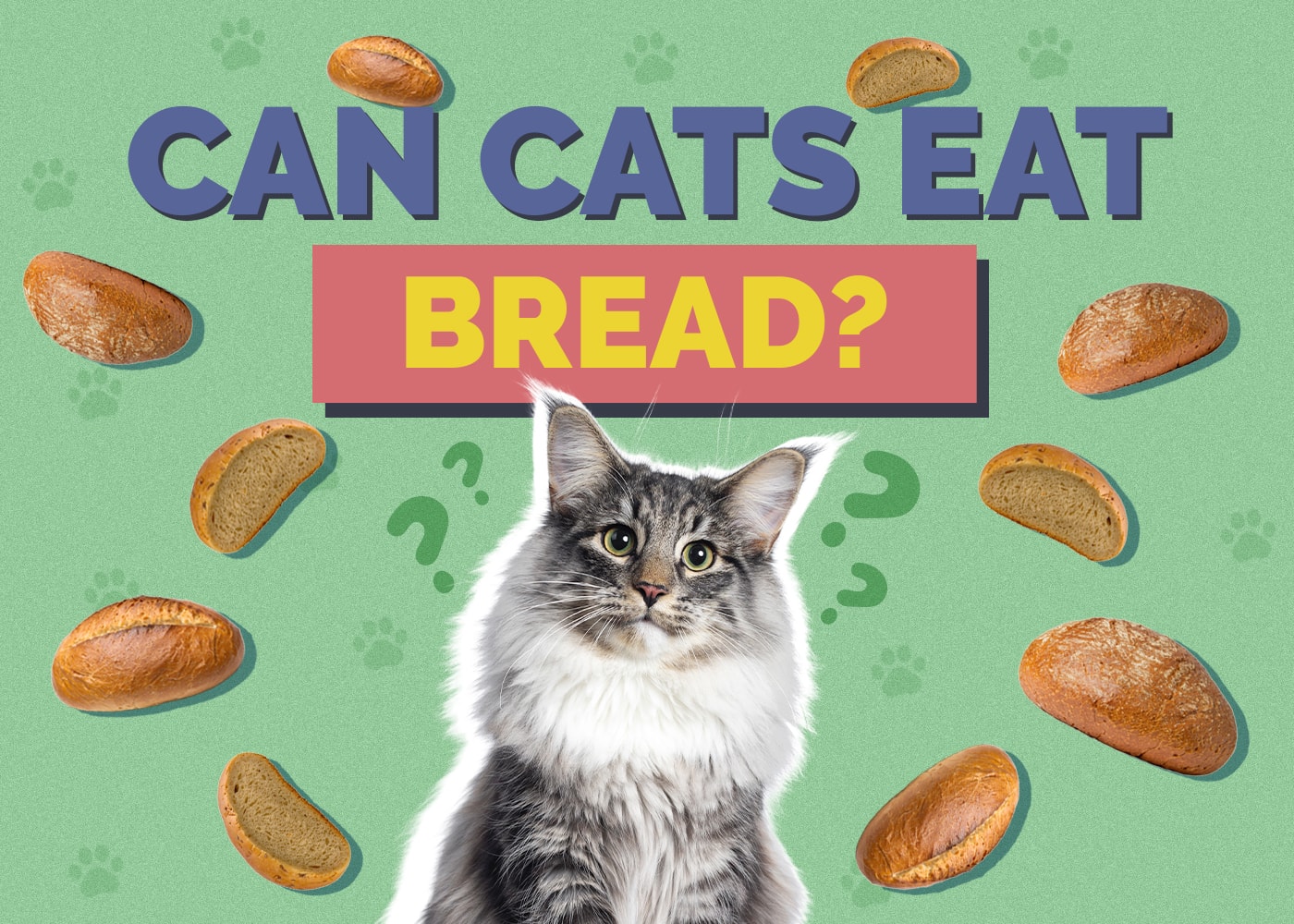
Most people eat plenty of bread. It holds our hamburgers, hot dogs, melts, and much more. It’s only natural to wonder if our cats can eat bread as well. The quick answer is that cats should not be eating bread, but in small amounts, it won’t kill them. Bread should never be a staple food in your pet’s diet. Join us while we look at the facts and risks of giving your pet this common food.
Is Bread Bad for My Cat?
Cats Are Carnivorous
Your cat is a carnivorous animal and would not eat bread in their natural habitat. Their diet should come primarily from meat products like turkey, chicken, and fish. A cat’s natural diet may contain small amounts of plants and grains from consuming their prey’s digestive content. However, they cannot thrive on these kinds of foods, and eating too much of them can lead to problems in the future.
Variety
Unfortunately, when talking about all types of bread, this food becomes a huge subject. There are countless varieties, and the recipes and ingredients can differ between two brands of the same kind of bread. Bread can contain many ingredients that can be harmful to your cat. Some of the most dangerous include garlic, onions, chocolate, raisins, and alcohol. If the bread you want to feed your cat has any of these ingredients and many more, you will need to avoid it completely and choose another treat.
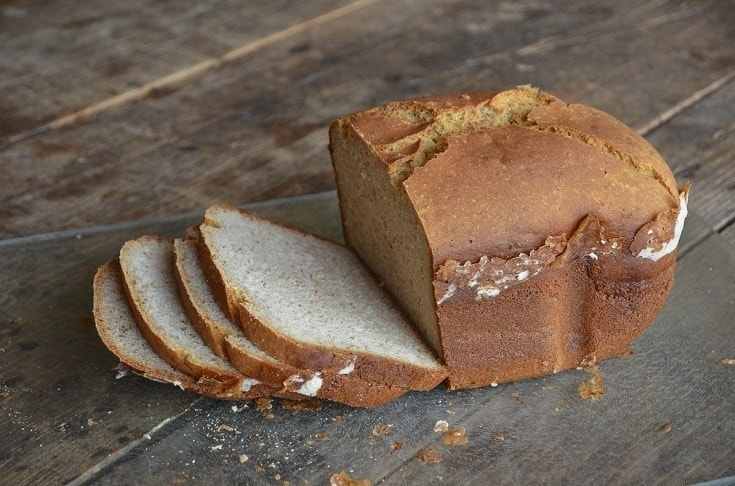
High in Carbohydrates
Most bread is high in carbohydrates, and eating too much will lead to weight gain. Pet obesity is out of control in the United States, with more than half of adult cats needing to shed a few pounds. Avoiding foods that contribute to weight gain without actually nourishing your cat can be an important step in keeping your pet healthy.
High in Sugar
Many kinds of bread are extremely high in sugar, especially the ones you see around the holidays, but even white bread can have more sugar than your cat needs. Sugary food can lead to obesity and in turn, to diabetes, dental problems, arthritis, recurrent urinary infections, and dysbiosis. Experts suggest that 90% of cats older than 4 years old have signs of dental disease.
High in Salt
Salt is an ingredient that many people may not realize is prevalent in bread, and a single piece of white bread can contain more than 300 milligrams of sodium. If your cat eats too much salt, they will likely retain water. They will also drink more water, leading to more frequent trips to the litter box, and it may lead to other, more serious health conditions.
No Nutrients
Cats need a diet based on high-quality animal proteins, and bread does not provide these, which means there are no nutrients that are helpful to your cat. They’re basically eating nothing but empty calories and harmful ingredients.
Is Bread Good for My Cat?
Unfortunately, we can’t find any ways that your cat benefits from eating bread. Even if the bread contains healthy ingredients, it would be better to eat those ingredients differently.
How Can I Feed Bread to My Cat?
We highly recommend that you don’t add bread to your pet’s diet unless you’re using it as a way for your cat to take medication that they don’t like and every other protein-based treat doesn’t work. Otherwise, we recommend choosing a different option.
A possible scenario in which feeding bread to your cat might be acceptable is if you are certain that they ingested a sharp or spiky foreign object. The bread will help bulge up and protect the cat’s digestive tract. That said, you should talk to a vet first.
Healthy Alternatives
Chicken
If you would like to give your cat human food as a treat, one of the best options is plain boiled chicken with no seasonings. It can be diced or shredded to make it easier to eat, and it will likely be one of your cat’s favorite treats. It’s high in protein, which your cat has the tools to digest, and it keeps for several days in the refrigerator.
Related Read: Can Cats Eat Raw Chicken? What You Need to Know!
Cantaloupe
If you don’t want to cook but would like to give your cat a treat, you can try cantaloupe. This fruit does not contain meat proteins, but cats can usually eat a small piece without a digestive problem. It provides antioxidants and vitamins and minerals. Cantaloupe is low in calories and will help hydrate your cat with its high moisture content. We recommend starting small with this food, and serving no more than 1 teaspoon to see how your cat deals with it. If there are no digestive issues, you can increase the amount slightly to a maximum of 2 teaspoons occasionally.
Now that you know what you can safely feed your cat, it’s just as important to find a bowl that supports their health and well-being. With whisker-friendly bowls and a wide tray to catch any spills, our Hepper NomNom Cat Bowl is our favorite option.
Summary
If your cat ate some bread without you noticing, don’t worry, they should be fine. However, we don’t recommend adding it to your cat’s diet unless it’s only a small amount once per week. Treats should never make up more than 10% of your cat’s daily calories, or you risk the cat gaining weight, and once your cat starts putting on weight, it isn’t easy to reverse it. The alternatives we provided are much better options and your cat will likely agree.
We hope you have enjoyed reading over this guide and have learned something new about your pet. If we helped you provide your cat with a healthy treat, please share this guide to the safety of feeding your cat bread on Facebook and Twitter.
Looking for other information on what your cat can have? Try:
Featured Image Credit: Couleur, Pixabay
